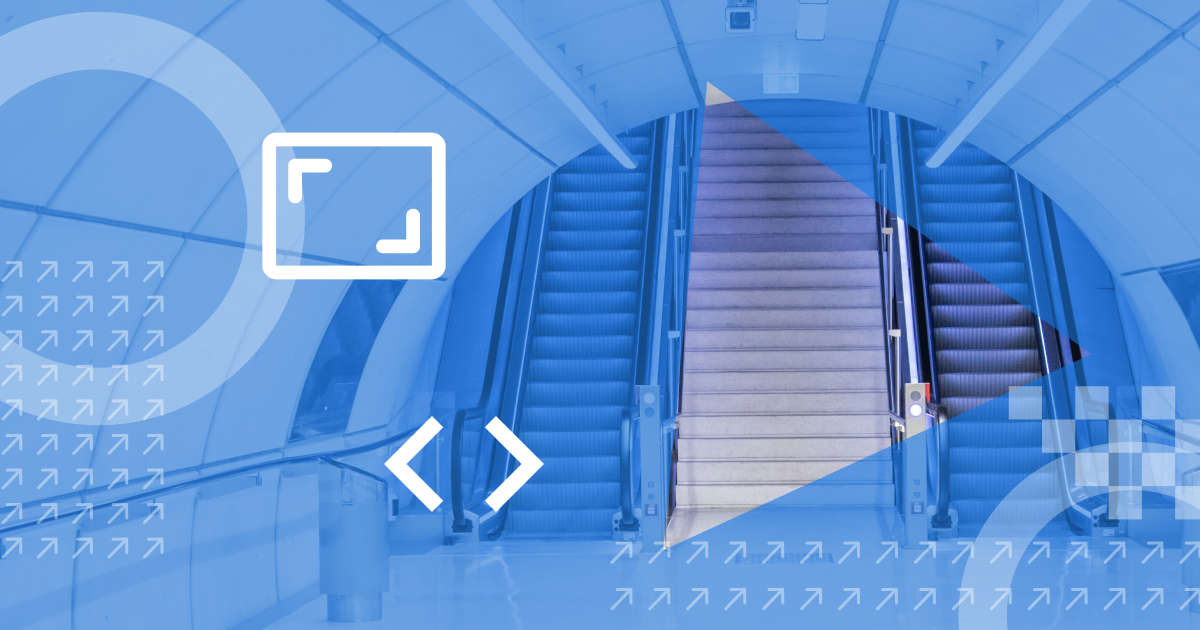Tech overload and why composable architecture is the answer

Today’s digital experiences are challenging companies to implement more cutting-edge tools to solve new problems. However, many companies find themselves grappling with an unintended consequence: technical debt caused by an overabundance of software solutions.
According to a recent Wall Street Journal article, “With more software procurement and management happening outside IT, there are also concerns about paying for duplicate services, data integration challenges and potential loss of cost efficiencies.”
In a bid to stay competitive and meet evolving consumer needs, organizations often adopt numerous software tools, each promising to address specific challenges or streamline processes. This approach can create a tangled web of systems, disparate data sources and increased complexity, ultimately creating inefficiencies, hindering collaboration and stalling innovation.
How to reduce tech debt
The solution to combatting software overload? Composable architecture, a modern approach to building and scaling technology stacks, offers significant benefits for developers looking to minimize or eliminate technical debt. By leveraging flexible, modular components, teams can create systems that are easier to update, maintain and scale without too much damage to an organization’s bottom line.
Below are some common challenges posed by tech overload and how composable architecture can help:
- Enhanced flexibility and modularity: Composable architecture allows developers to select and integrate the best tools and services for specific tasks without being locked into a single vendor or technology stack. This flexibility means that as new, more efficient tools become available, they can be incorporated without significant rework, thus preventing the accumulation of technical debt associated with outdated technologies.
- Improved scalability and performance: With a composable architecture, systems are designed to scale components independently, allowing for more efficient use of resources and better performance optimization. This targeted scalability reduces the need for large-scale refactoring or system overhauls as demands grow, which are common sources of technical debt in monolithic systems.
- Simplified maintenance and updates: The modular nature of composable architecture simplifies the process of updating individual components or services. Developers can update or replace parts of the system without impacting the whole, significantly reducing the risk of introducing bugs or vulnerabilities.
- Increased development speed and agility: Composable architecture supports agile development practices by enabling teams to work on different system components simultaneously and independently. This agility allows for faster iteration and innovation, reducing the likelihood of shortcuts and rushed decisions that can lead to technical debt.
- Better risk Management and isolation: In composable systems, the failure or compromise of one component is less likely to affect the entire system. This isolation helps in managing risks more effectively and ensures that issues can be addressed without extensive system-wide impacts, which often contribute to technical debt through emergency fixes and workarounds.
Composable architecture future-proofs your tech stack
By adopting a composable architecture, developers and technology teams can build more resilient, adaptable and future-proof systems, significantly reducing the burden of technical debt over time. While businesses are faced with a growing number of problems to solve and a different expensive platform to solve each one, composable platforms are the differentiator in modernizing tech stacks to stay ahead of market demands.
Solutions like Contentstack empower organizations to reclaim control over their digital ecosystems. As companies are faced with the hurdles of change management, those who adopt a composable architecture stand to streamline operations and see their revenue grow during a time when yesterday’s monolithic solutions cost more than the dollars coming in.
About Contentstack
The Contentstack team comprises highly skilled professionals specializing in product marketing, customer acquisition and retention, and digital marketing strategy. With extensive experience holding senior positions at renowned technology companies across Fortune 500, mid-size, and start-up sectors, our team offers impactful solutions based on diverse backgrounds and extensive industry knowledge.
Contentstack is on a mission to deliver the world’s best digital experiences through a fusion of cutting-edge content management, customer data, personalization, and AI technology. Iconic brands, such as AirFrance KLM, ASICS, Burberry, Mattel, Mitsubishi, and Walmart, depend on the platform to rise above the noise in today's crowded digital markets and gain their competitive edge.
In January 2025, Contentstack proudly secured its first-ever position as a Visionary in the 2025 Gartner® Magic Quadrant™ for Digital Experience Platforms (DXP). Further solidifying its prominent standing, Contentstack was recognized as a Leader in the Forrester Research, Inc. March 2025 report, “The Forrester Wave™: Content Management Systems (CMS), Q1 2025.” Contentstack was the only pure headless provider named as a Leader in the report, which evaluated 13 top CMS providers on 19 criteria for current offering and strategy.
Follow Contentstack on LinkedIn.






.svg?format=pjpg&auto=webp)
.svg?format=pjpg&auto=webp)
.png?format=pjpg&auto=webp)






.png?format=pjpg&auto=webp)
.png)

